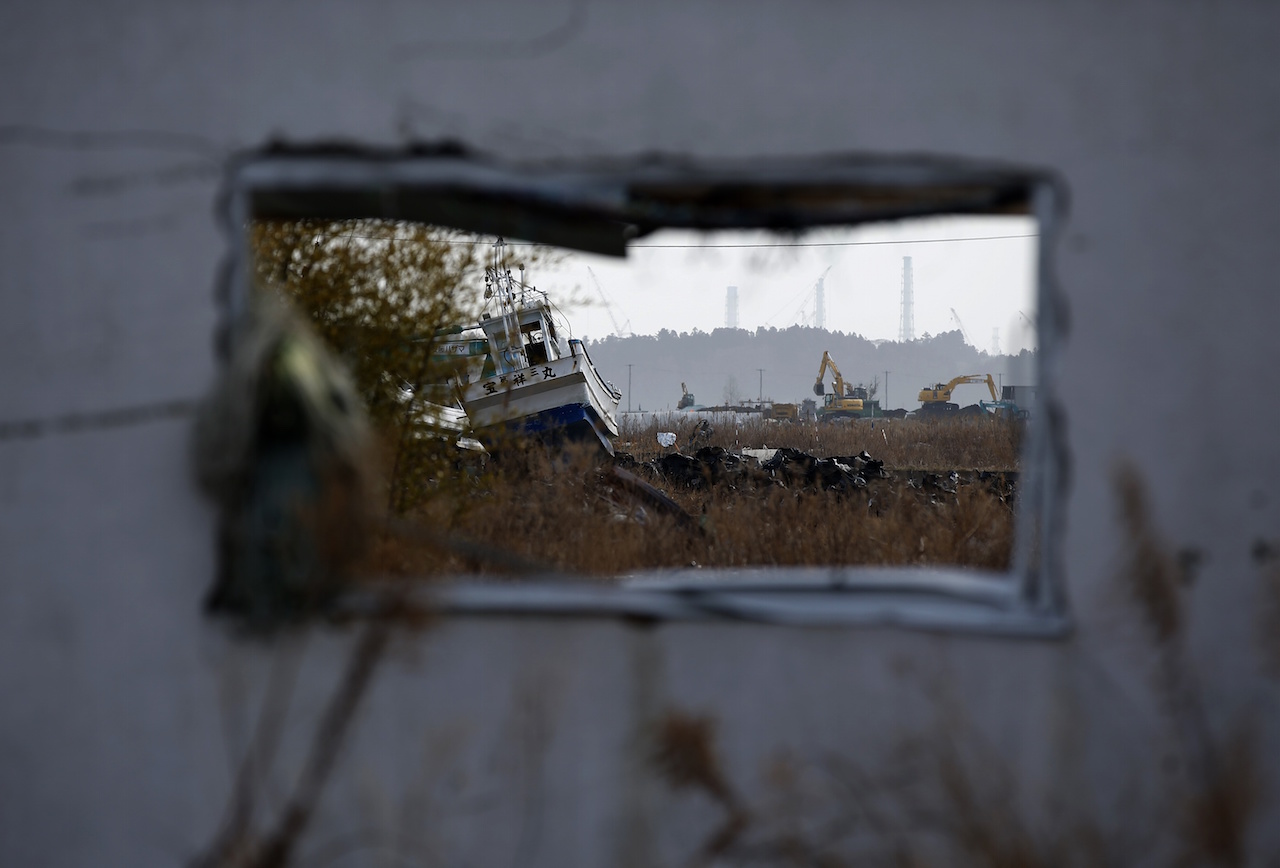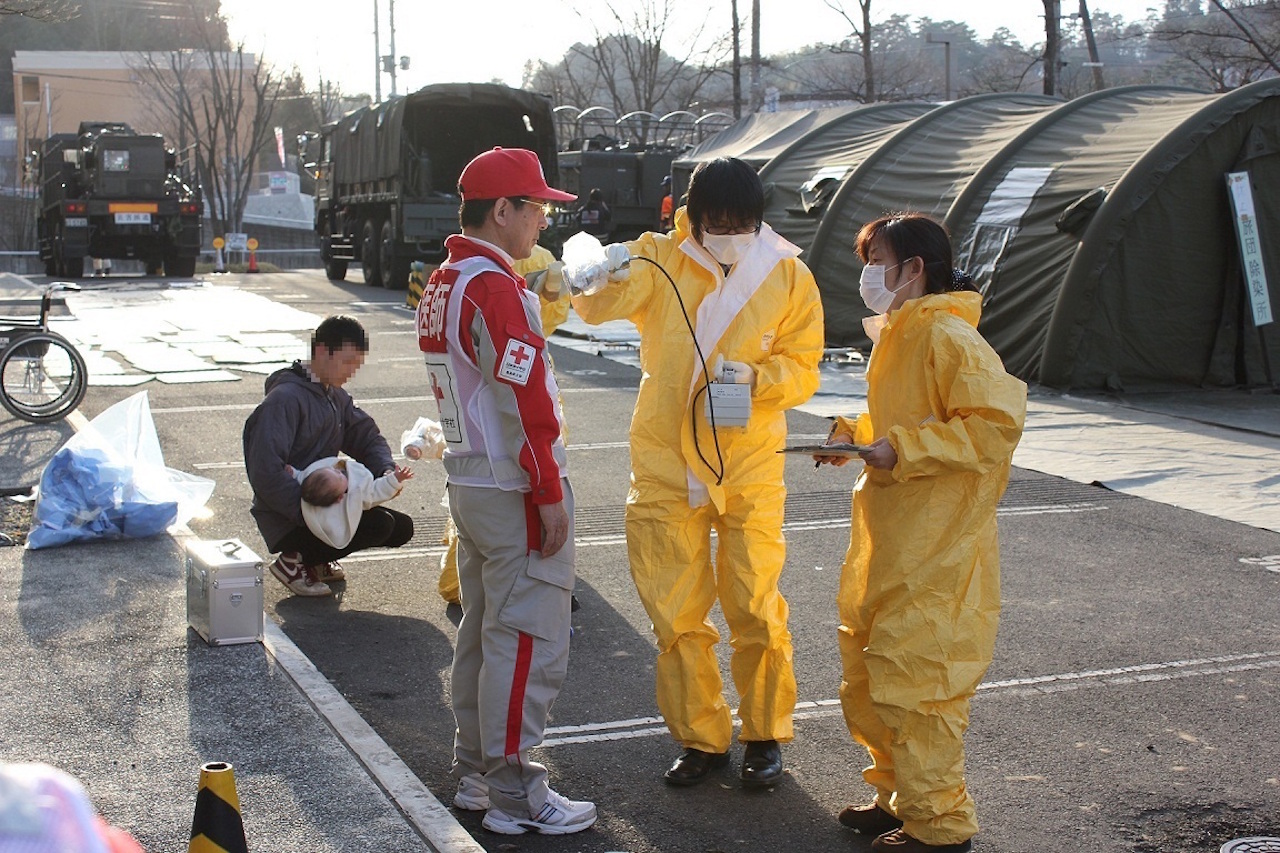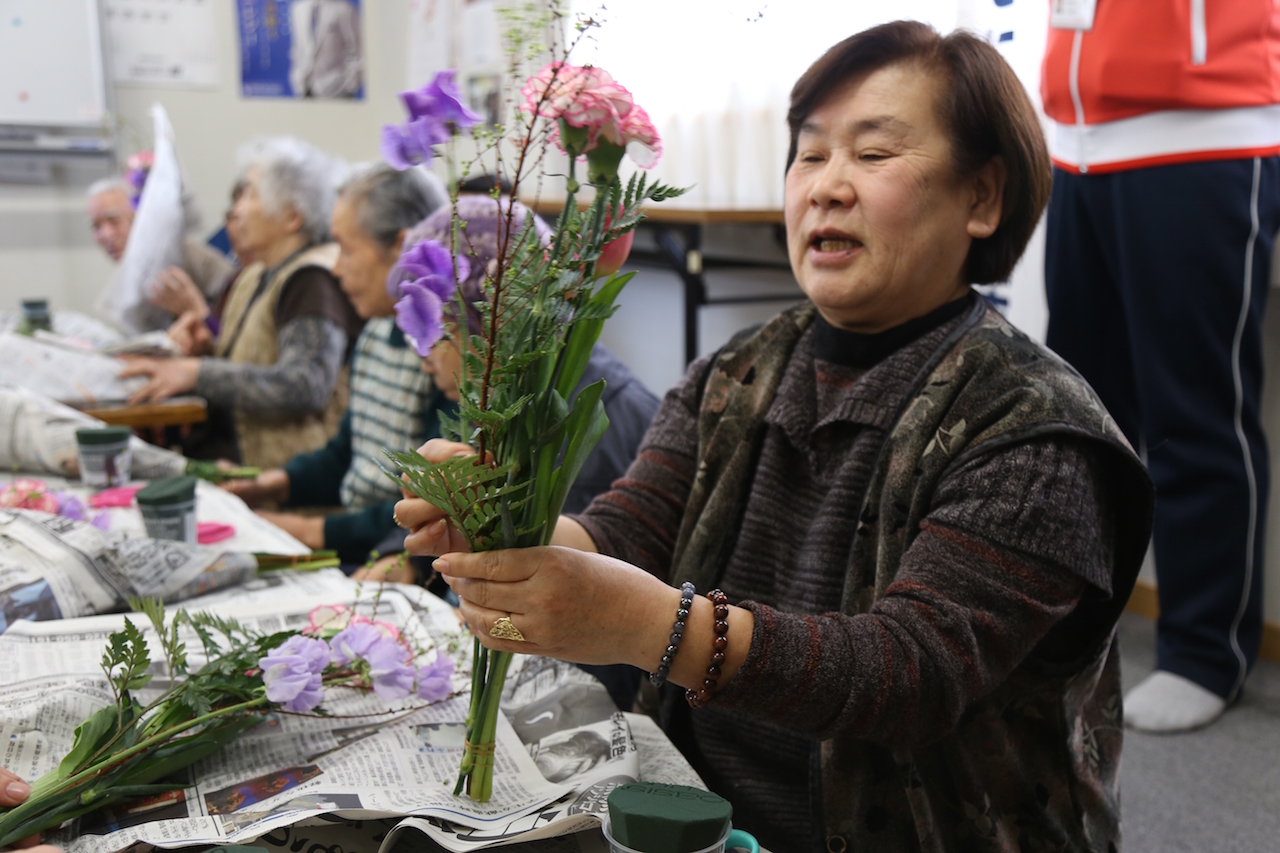Masayuki Kanno once wondered what would happen if there were ever an explosion at one of the nuclear power plants in his home prefecture of Fukushima. As a member of a medical relief team at Fukushima Red Cross hospital, he asked a senior staff member how the teams would cope in the aftermath of such a disaster.
“If there is a radiation leak, nothing can be done,” Kanno recalls his superior telling him. “There is nothing we can do. However, a nuclear power plant accident will never happen.”
That attitude reflected the complacency towards nuclear energy that was prevalent in many countries, including Japan, before the catastrophic events five years ago, on 11 March 2011, when a magnitude 9.0 earthquake triggered a series of tsunami waves that slammed into Japan’s north-eastern Pacific coast, killing thousands and crippling the No. 1 Fukushima nuclear power plant.
Nuclear plants provided around 30 per cent of Japan’s electricity before March 2011 and, according to Masahito Yamazawa, director general of the Japanese Red Cross Society’s Nuclear Disaster Resource Center (NDRC), the country had total faith in the industry. “We could only think of a nuclear accident as being a slight possibility,” he says. “We could not think of it as a probability.”
Like many in Japanese society, the Japanese Red Cross was not ready for what unfolded in the days after 11 March. Shoichi Kishinami, director of operations at the Japanese Red Cross’s Fukushima chapter, realized this the next day, when he began receiving calls from concerned relief teams working at evacuation centres in Minami Soma, around 30 kilometres north of the nuclear plant.
“I felt a lot of pressure and worry about not knowing enough about radiation and radiation exposure,” says Kishinami, 56, who has been with the Japan Red Cross for 38 years. “We had had no training in how to operate after a nuclear accident and it was frightening to deal with that kind of invisible threat.”
Eventually, he ordered the teams to withdraw temporarily from the area. Ayumi Watanabe was a member of a Fukushima Red Cross hospital relief team. “With mixed feelings of guilt and a sense of fear of the radiation, we forced ourselves to move [further away] to Kawamata,” the nurse later recalled. “My heart was nearly broken with sorrow.”
“That dilemma of having to leave communities behind was the motivation for the Japanese Red Cross to establish its nuclear disaster guidelines,” says Yamazawa, 61, who joined the National Society in 2011 after a career in Japan’s civil protection forces.
 Red Cross Red Crescent magazine
Red Cross Red Crescent magazine 








 Tech & Innovation
Tech & Innovation Climate Change
Climate Change Volunteers
Volunteers Health
Health Migration
Migration